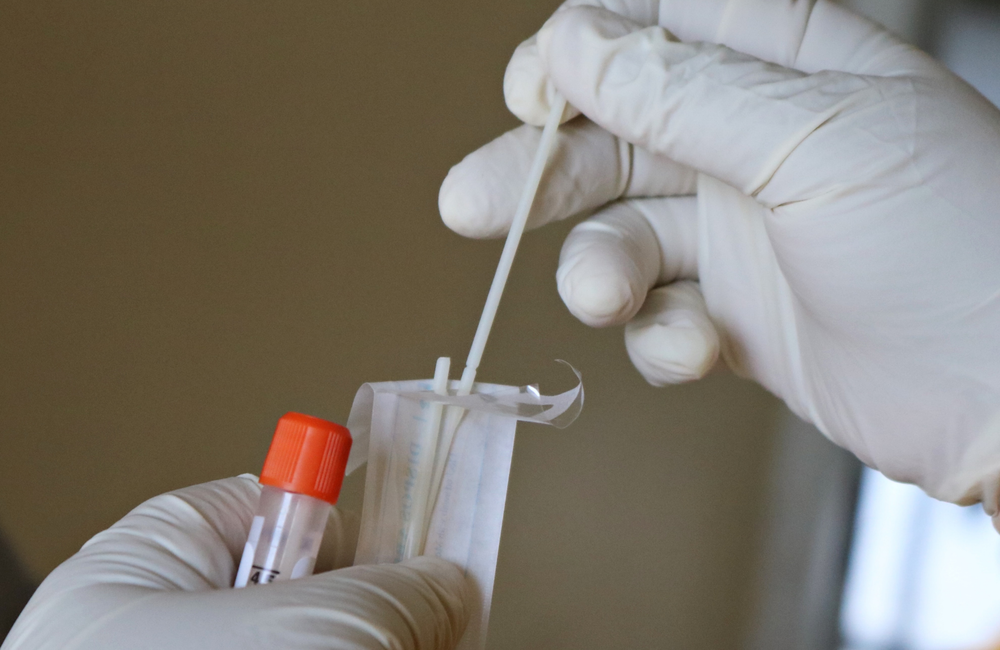
A new analysis published in AIDS and conducted by Dr Andreia Albuquerque at the University of Porto, Portugal shows that having a history of anal warts increases the risk of developing pre-cancerous lesions and anal cancer, especially in people living with HIV.
Currently, few standards exist to guide doctors on the frequency and extent of follow-up appointments when people develop anal warts. People living with HIV have a higher risk of developing anal cancers, and these results indicate that a history of anal warts may warrant additional monitoring to detect pre-cancerous and cancerous lesions.
Background
Human papillomavirus (HPV) is a group of over 200 viruses that cause warts, about 40 of which are transmitted through anal, vaginal, and oral sex. Although most people never develop genital warts, nearly everyone who hasn’t been vaccinated acquires HPV within the first few years of becoming sexually active.
HPV also causes over 90% of all anal cancers, but few data specifically link anal warts to anal cancers. Common wisdom holds that genital warts are generally associated with lower-risk types of HPV that don’t typically cause cancer, while 14 strains of ‘high-risk HPV’ cause cancer but usually don’t form warts. HPV is also responsible for most cases of cervical cancer.
The type of lesions discussed in this analysis – called intraepithelial lesions – form within the layers of anal squamous cells. Squamous cells are flat cells found on the skin surface, some organ linings, the respiratory tract lining, and the digestive tract lining, including in the anus. Low-grade squamous intraepithelial lesions can resolve on their own, but high-grade squamous intraepithelial lesions (HSIL), which are more common in both men and women with HIV, are generally treated as pre-cancerous.
When anal squamous cells evolve into tumours that grow deeper into the tissue, this is called anal squamous cell carcinoma (SCC), which encompasses 90% of all anal cancers.
The study
The current research is a meta-analysis performed on data contained in 18 previously published observational studies that took place between 1990 and 2020. The main purpose of the study was to assess the prevalence of high-risk forms of HPV, HSIL, and SCC in people with a history of anal warts.
Many of the 18 studies involved men – most of whom were gay and bisexual – but a few included cisgender women. The studies occurred primarily in Europe and the United States, but two took place in Asia (Japan and Taiwan) and two in South America (Brazil and Argentina). The meta-analysis included only those studies for which physical specimens or biopsies had been taken of warts and lesions.
As part of their analysis, the authors compared ‘immunocompromised’ people to ‘non-immunocompromised’ people. In 17 of the 18 studies reviewed, ‘immunocompromised’ referred to people living with HIV with any CD4 cell count, while one small study included people living with HIV and people undergoing pharmacologic immunosuppression as a result of organ transplants or other medical conditions.
Despite the general understanding that anal warts are not typically associated with high-risk forms of HPV, this analysis found that out of 525 people with a history of anal warts, 28.6% (95% confidence interval 19.0 - 40.6) had a high-risk form of HPV. That figure jumped to 40.2% (21.0 1 – 63.1) in people living with HIV who’ve had anal warts compared to 16.4% (10.7 – 24.3) of HIV-negative people who’ve had warts.
The overall prevalence of high-grade squamous intraepithelial lesions (HSIL) in 1733 people with a history of anal warts was 13.8% (9.0 – 20.6). Almost a quarter of people living with HIV and a history of warts developed HSIL (24.0%, 16.4 – 33.7).
On the positive side, the prevalence of anal squamous cell carcinoma (SCC) – the most common anal cancer – in 1733 people with a history of warts was relatively low at 0.3% (0.0 – 1.7). While this analysis shows the absolute prevalence was still low for people living with HIV and a history of warts (0.7%, 0.1 – 4.1), they were more than three times as likely to develop SCC as other people.
Clinical screening
Because people who have a history of anal warts (especially those living with HIV) had a higher risk of developing HSIL and SCC in this analysis, these results could affect clinical screening recommendations.
In 2019, Andreia Albuquerque, the first author of this meta-analysis conducted a review of published guidelines and found that no countries had adopted national standards for screening people for HSIL or anal cancer. However, several health organisations specialising in STIs or colorectal diseases have published recommendations.
In those guidelines, regular anal Pap tests or anoscopy exams (which are both used to identify lesions and abnormal squamous cells) are generally recommended for HIV-positive people, but the suggested frequency varies across the organisations. Recommendations also vary with respect to whether and which other medical reasons (e.g. women with a history of abnormal cervical Pap tests, people with a history of anal warts, HIV-positive people with low CD4 levels, etc.) may warrant screening or alter screening frequencies.
One reason for the absence of wide-spread and consistent guidelines is a lack of clinical trial data showing that screening reduces anal cancers in people living with HIV. The good news is that more data will soon be available from the ANCHOR trial, which looked at whether screening and treating HSIL in people living with HIV helps prevent anal cancers.
Albuquerque A et al. High-risk human papilloma virus, pre-cancerous lesions and cancer in anal warts. AIDS 35: 1939–1948. 2021.
DOI:10.1097/QAD.0000000000002975
